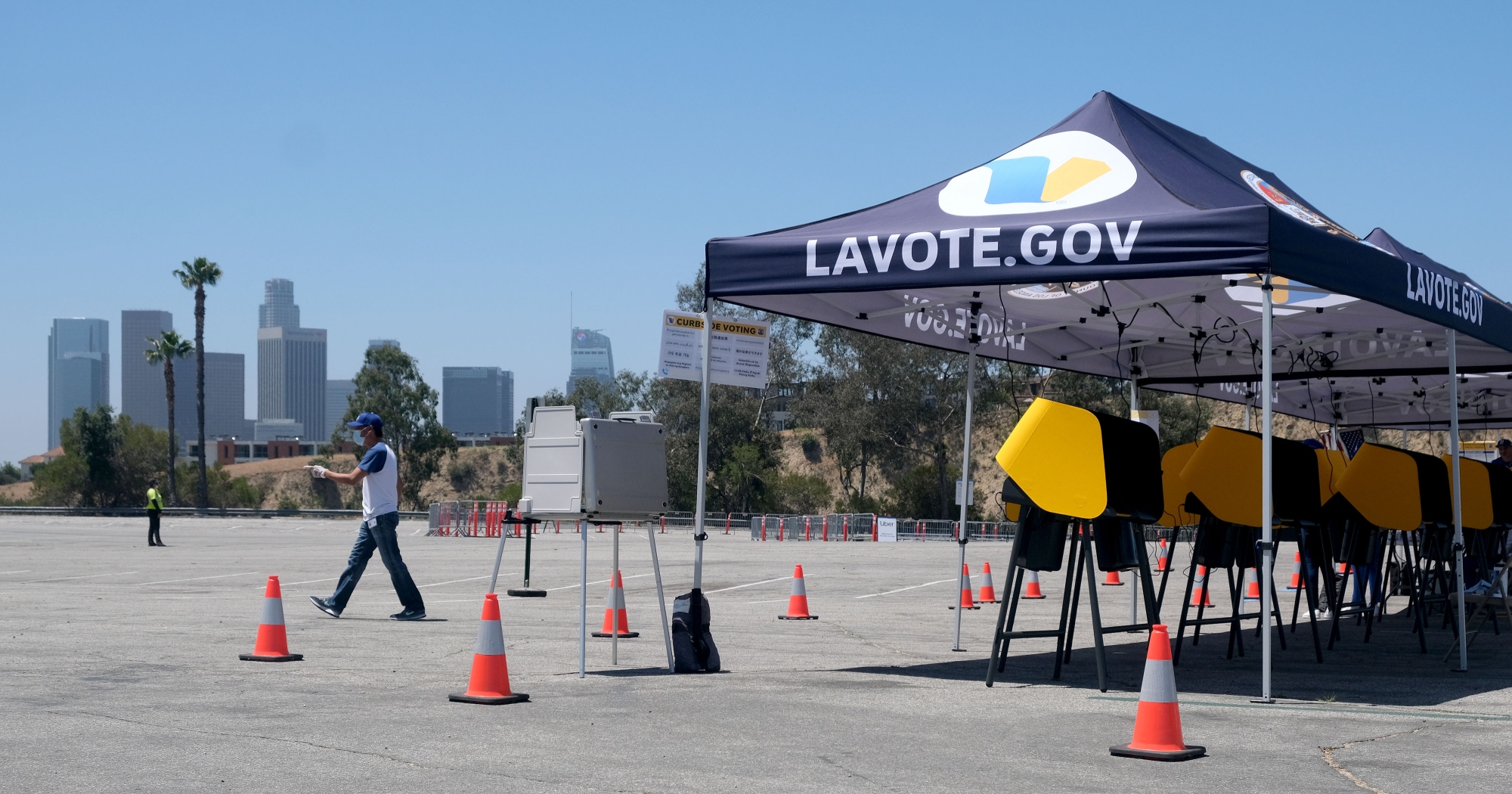| Michael Feinstein | Daily News |
How is it that California promotes early voting to increase voter turnout, but penalizes voters who do so, when their candidate of choice drops out?
As of May 27th, three of the 12 candidates on the ballot for Los Angeles mayor dropped out after early voting started. What happens if you already voted for one of them? Your vote is wasted.
”Counter-productive dynamics go away with RCV, because voters can rank as many candidates as they want.
There is an easy solution – ranked choice voting (RCV). Under RCV, voters rank their favorite candidates one, two, three, etc. If your first choice happens to drops out, your vote moves to your next choice. End of problem.
But why do candidates drop out in the first place? RCV addresses that too.
Candidates often drop out because of another flaw in California’s voting system – ‘vote-splitting’, i.e. when voters spread their votes over multiple candidates sharing similar views. In a close race, vote-splitting can make the difference between winning or losing. That creates an incentive/pressure for weaker candidates to drop out, in the hope their supporters will consolidate around a stronger candidate ‘on the same side.’ Candidates that won’t drop out in such cases are called ‘spoilers’; and this can confront voters with the infamous “lesser-of-two-evils” dilemma, instead of supporting the candidate that best represents them.
All of these counter-productive dynamics go away with RCV, because voters can rank as many candidates as they want. If your top-ranked candidate finishes at the bottom, that candidate is eliminated and your vote is transferred to your next choice. In a single-seat race, this continues until one candidate is a majority winner. RCV gives voters greater freedom to express their preferences, without it backfiring upon them.
Use of RCV is growing around the country. As of June 2022, 52 US cities, one county and two states will use RCV in their next election. In California, RCV has already been in use since in San Francisco since 2004, and in Oakland, Berkeley and San Leandro since 2010. In 2022 it will be used for the first time in Albany, Eureka and Palm Desert.
Why not yet in Los Angeles? There was a local push for RCV in the mid-to-late 2000s, which led to the city council requesting a study on implementing it. Released in 2010, the study concluded RCV was feasible for LA, but required a voter-approved city charter amendment first.
It’s time to return to this discussion, as RCV would address still another structural problem with LA elections – they are often decided in the spring when voter turnout is lower and less diverse. That’s because Los Angeles uses an out-dated two-round ‘contingent’ spring primary/November general election run-off, instead of a single November ranked choice voting general election.
Under LA’s system, the only time a race advances to November — when turnout is higher and the electorate more diverse — is when a candidate doesn’t receive a majority in the primary. If there are only two primary election candidates, as this year in LA City Council Districts 1, 3, 7 and 9, then the election will automatically be decided then.
With all these structural defects, its time for an LA charter review commission to look at both RCV and a larger city council (LA has the lowest per-capita city council representation in the nation) — as well as elections from three- or five-seat districts. Because when combined with such multi-seat districts, RCV also renders proportional representation results, electing multiple members representing different perspectives from each district, instead of the corruptible single-member fiefdoms they are today – yet another problem plaguing LA.
Michael Feinstein is a former Santa Monica mayor (2000-2002) and city councilmember (1996-2004), a co-founder of the Green Party of California and a 2018 Green candidate for California secretary of state.





